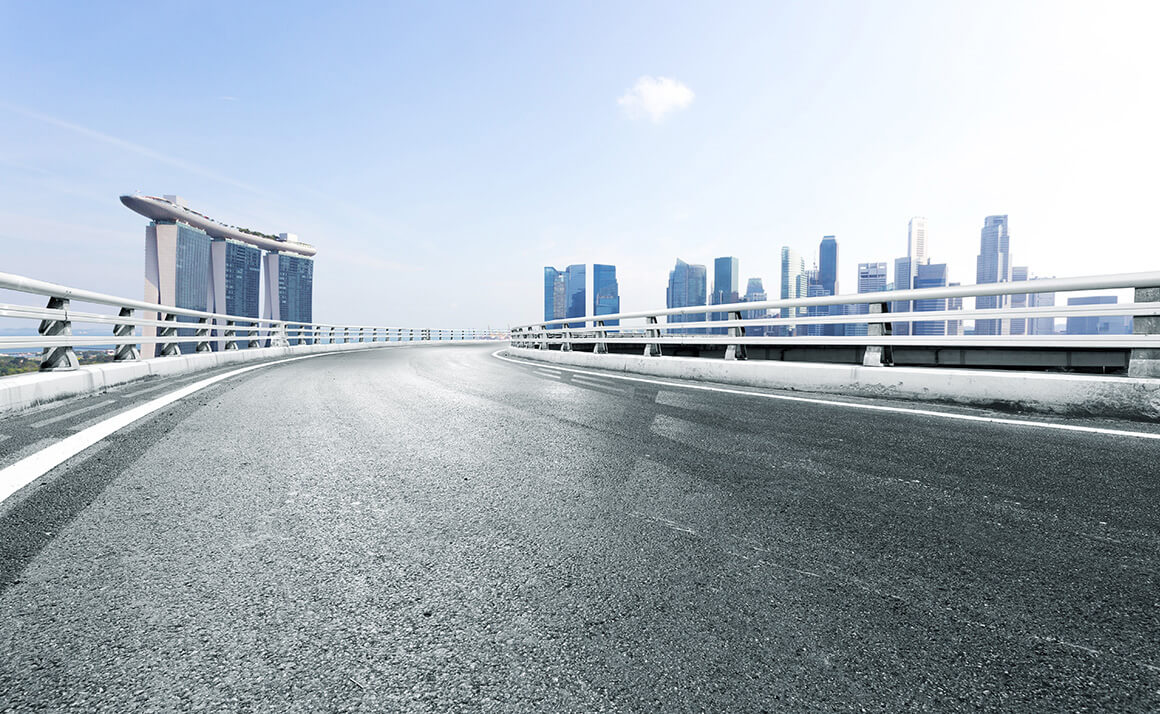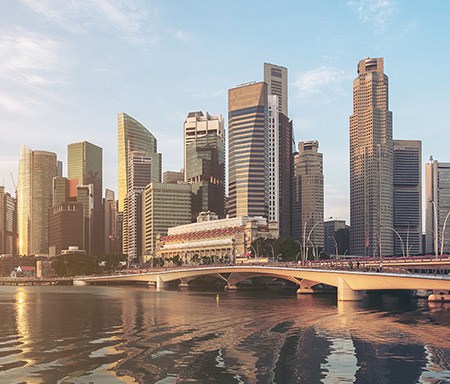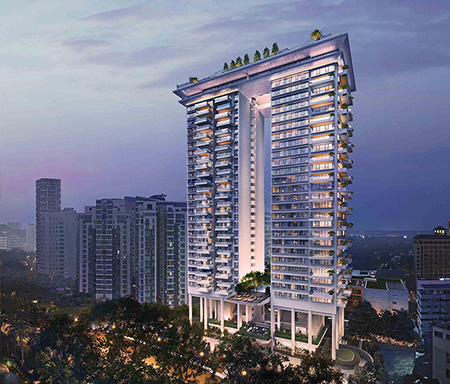
Imagine there’s no traffic…
Singapore has an enviable public transport system, but still suffers from traffic congestion; how would real estate be affected if the city gave up its cars altogether?
Danish architect Jan Gehl, a Centre for Liveable Cities Visiting Fellow, claimed in 2017 that Singapore ought to phase out cars altogether and its citizens rely on public transport.
Singapore might be the perfect location to remove cars from the transport mix: it is an island, it already possesses a good public transport system and has a strong proactive government.
Chris Marriott, chief executive, Savills South East Asia says: “The cost of car ownership in Singapore is already prohibitive and the government has been extremely proactive in seeking alternatives.”
Singapore introduced a cap on road vehicle numbers in 2017 but it still has nearly 1 million vehicles on the road, including 600,000 cars. Traffic remains a problem despite road pricing.
The city-state is experimenting with autonomous vehicles and has built a testing ground at Nanyang Technological University in the west of the island, where more than 10 companies are testing autonomous electric cars and buses. Initial testing suggests there is a long way to go before these could be safely integrated in the transport system safely. For example heavy rain, common in Singapore, confuses vehicle sensors.
The government is also encouraging the use of bicycles, with its “Walk Cycle Ride SG” plan and is developing cycle routes across the island. It also offers grants to developers for the construction of facilities such as showers and lockers in office buildings. Singapore also allows the use of electric scooters on public footpaths. Singapore’s MRT opened in 1987 and has been expanded since, with plans for further expansion until 2029. Many real estate developments are clustered round the MTR nodes and this will continue as the system grows.
The challenge for Singapore is the “last mile” of journeys, as its climate means walking or cycling can be difficult. At present, taxis and ride-sharing services are important for last mile journeys. Removing these cars from the roads would involve creating a nodal transport network, which would encourage denser development but could leave some existing buildings isolated and negatively impact their value.
Marriott suggests a mix of public and private transport options is most likely to emerge, but with a far greater weighting towards public transport and more restrictions on car ownership. Real estate is already affected; “the government is trying to reduce the number of car parking spaces in new developments,” he says.
A significant reduction in the number of vehicles in Singapore could have dramatic effects on its real estate market. Existing space devoted to car parking could be redeveloped or adapted for different uses, which could potentially generate more revenue for landlords.
However the real gains will be from redundant roads, says Marriott. Singapore’s roads take up 12% of its scarce land. “A reduction in the size of the road network could free up land for development or for the creation of much-needed green space.”
Fewer vehicles on the road, especially if more are electric, should contribute to cleaner air and a better living environment. The benefits of this are hard to quantify for real estate, but with corporations increasingly focusing on staff wellness, cleaner air will be a factor in attracting new office tenants.
Singapore’s future is likely to be ‘car-lite’ rather than car-free, but the island state looks set to arrive there before its rivals.
Further reading:
Savills Singapore
Contact us:
Chris Marriott



